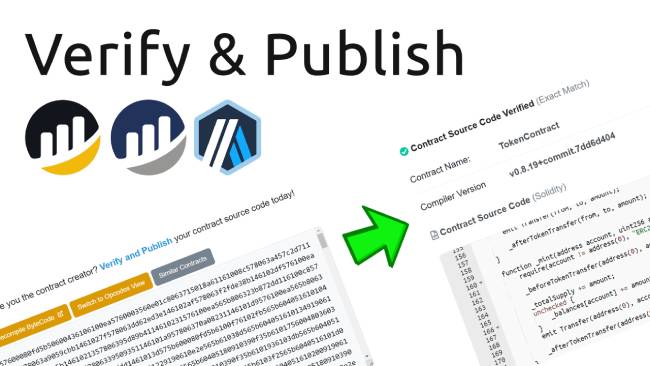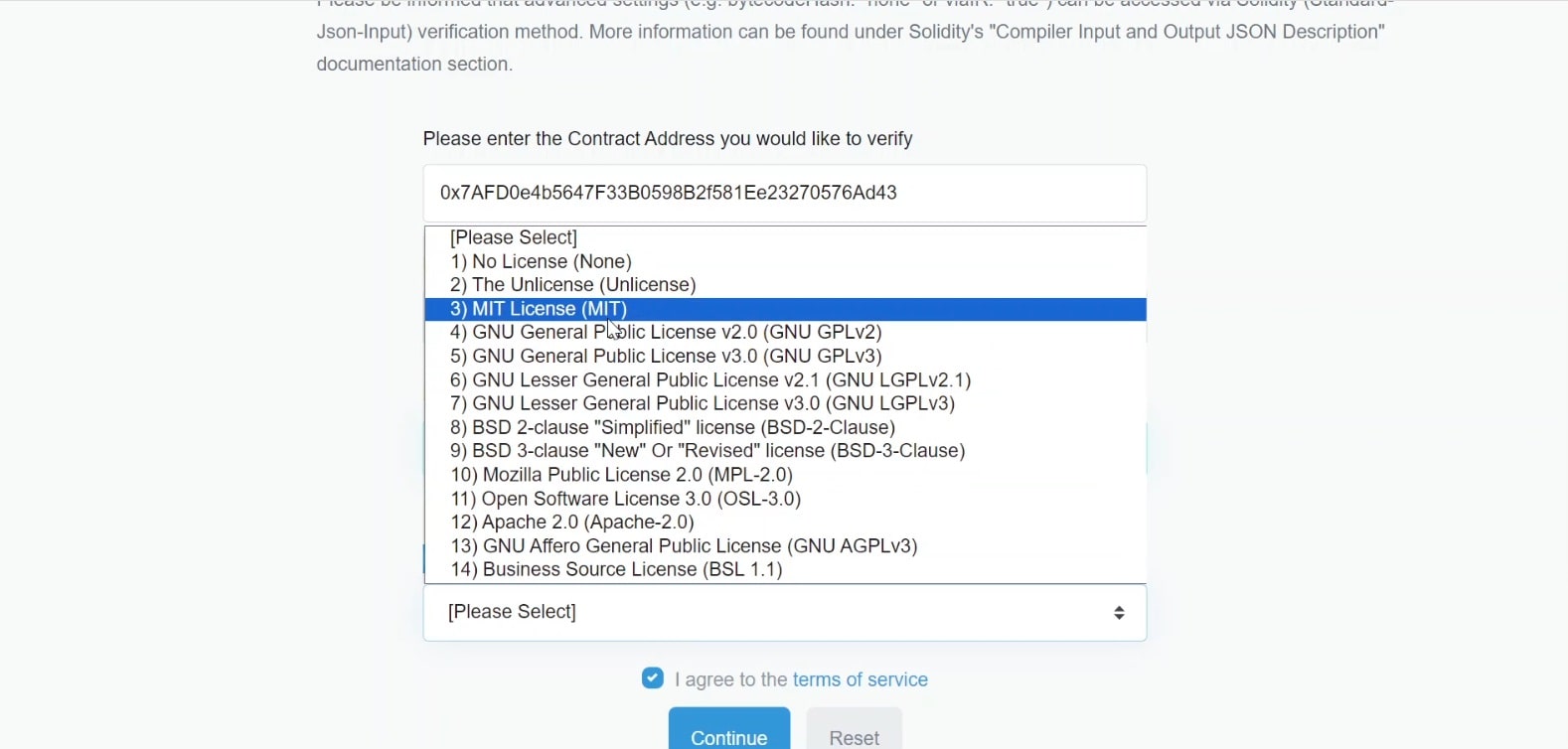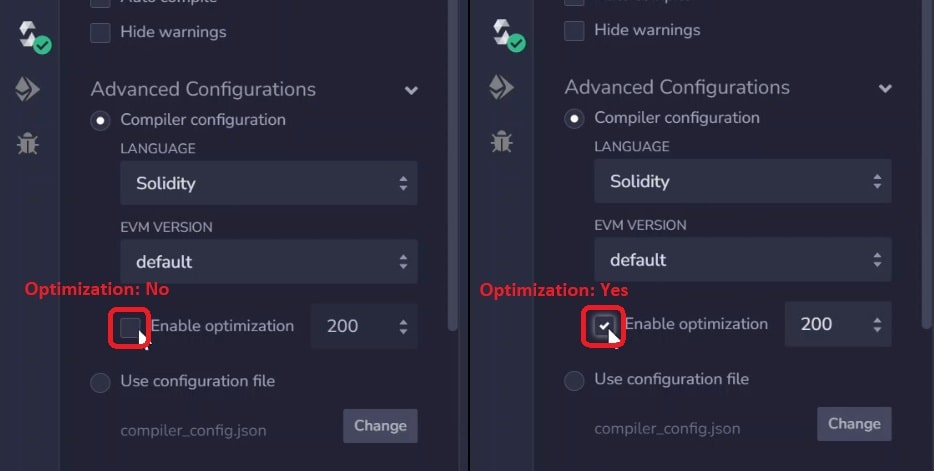Hello! Today you will learn how to verify and publish the source code of your token on the most popular blockchain scanners

INTRODUCTION
Verifying and publishing a token's source code on a block scanner are important steps to ensure transparency, security, and trust in the world of cryptocurrencies and blockchain. This is important for the following reasons:
1. Transparency
Publishing the source code allows all interested parties (developers, investors, users) to become familiar with how the token works and what functions are implemented in it. This creates transparency regarding the rules and logic of the token.
2. Confidence
When a token's source code is available to the public, it promotes trust in the project. Investors and users can verify that there are no hidden or malicious features that could negatively affect their interests.
3. Security
Public review of source code allows the community and experts to analyze it for vulnerabilities and errors. If problems are discovered, they can be resolved before they become a serious threat to users and investors.
The verification process for publishing smart contract source code is the same for most block scanners. Today we will look at the process of verifying the publication of the token source code on BscScan.
However, the process will be similar for EtherScan, Polygonscan, Arbican, and other block scanners.
HOW TO VERIFY AND PUNLISH SMART CONTRACT ON BLOCK SCANNER
Let's take a look at how to do this! The first thing you will need is the source code of your token, exactly as you have deployed it. Any mismatch in the source code will cause an error and you will not be able to publish your source code on the blockchain scanner.
You also need to know the compiler version, license type, and whether optimization has been performed.
After that we can move on to verifying and publishing the contract. I am using BscScan for this example, but the steps are similar for all block scanners.
First, go to your token page in the block scanner and go to the code tab and click on "Verify & Publish".

The first thing we do is specify the compiler type - in our case it's a single file.

Compiler version - you have selected it when deploying the smart contract in the "Solidity compiler" panel. In this case it is 0.8.19

Next is the license type. It is specified at the top of your smart contract. In this case it is the MIT license.

Click on the "Continue" button and get to the page where you need to paste the source code of your token.
I'm copying the code directly from Remix, since I've just deployed the contract.

Now notice the drop-down list called "Optimize". It is set to "No" by default. Set it deoending on have performed the contract opimization in the compiler tab before deployment or not:

Next, you confirm that you are not a robot and click "Verify and Publish"
If all steps are correct, your smart contract will be verified and published.

As you can see, the process of moving a publication is quite simple, anyone can do it. However, it is important to save the Source code of the token that you are deploying. Remember what version of the compiler you are using and the type of license.
📰 MORE TOP HEADLINES

